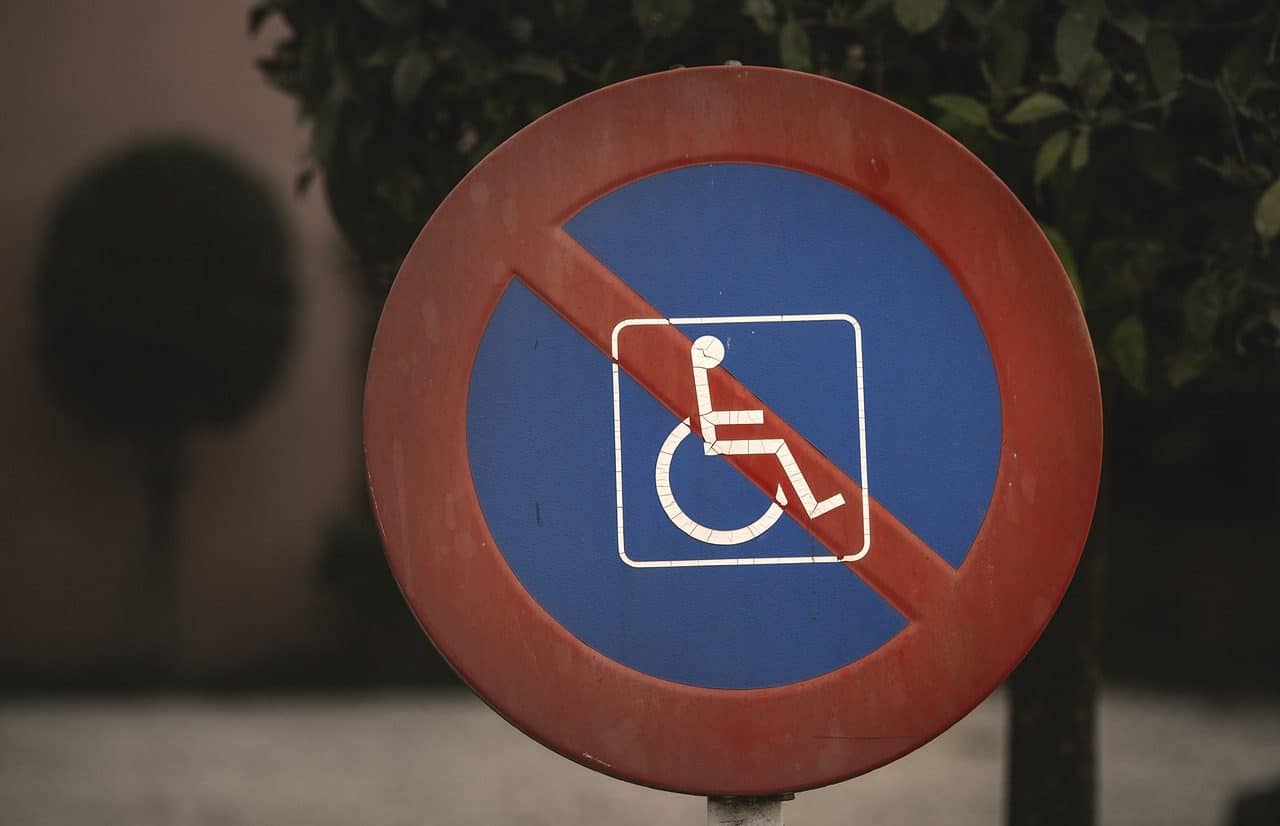
Employment discrimination against disabled people can prevent them from functioning like the rest of their colleagues.
Employment discrimination is any type of treatment that violates the equal opportunities or human rights of employees or job applicants based on personal characteristics protected by employment equality law, such as race, gender, age, religion. , disability, sexual orientation, among others.
This type of discrimination can manifest itself in various forms, such as the refusal to hire a person (going against inclusive hiring ), unjustified dismissals, unequal assignment of tasks, lack of professional promotion or unequal pay due to these protected features. Employment discrimination is illegal in many jurisdictions and is subject to legal measures and enforcement actions to protect workers ' rights.
Classification
Employment discrimination occurs in various forms, all of them unfair, in such a way that it violates several fundamental rights. Below we present some of the most frequent, but we mention others that are related:
- gender discrimination : treating a person unequally in the workplace because of their sex. This can manifest itself in lower salaries for women than for men in the same position, lack of advancement opportunities, or sexual harassment , among others. Consequences may include low self-esteem, stress, and limitations in professional development opportunities;
- sexual orientation discrimination : when a person is treated unfairly because of their sexual orientation or gender identity. This may include denial of career opportunities, exclusion from certain job benefits, sexual harassment, or creating a toxic work environment. Consequences can include anxiety, depression, difficulties in career advancement and social exclusion in the workplace. It is related to discrimination based on gender identity ;
- age discrimination : either being too young or too old. This may result in unjustified dismissals , or assignment of less important tasks. Consequences can include feelings of worthlessness, social isolation, and economic hardship;
- Racial discrimination : Treating a person unfairly in the workplace because of their race or ethnicity. This may be reflected in the failure to hire people of certain races, racial harassment, or segregation in the workplace. Consequences can include emotional stress, low self-esteem, and economic inequalities. It is related to discrimination based on national origin and discrimination based on physical appearance ;
- Disability discrimination – May include lack of accessibility in the workplace and refusal to make reasonable accommodations. Consequences may include feelings of marginalization and financial hardship;
- religious discrimination : Treating a person unfairly at work because of their religious beliefs or lack thereof. This may manifest itself in denial of free time for religious practices, religious harassment, or exclusion from certain roles. Consequences can include social alienation and limitations in professional development. It is related to discrimination due to political affiliation;
- Pregnancy discrimination : This may include refusing to hire pregnant women, reducing job responsibilities during pregnancy, or wrongful termination. Consequences can include financial stress, job insecurity, and difficulties balancing work and family life. Although pregnancy is not a problem, we can say that due to the characteristics of the abuse it is linked to health discrimination ;
- marital status discrimination : unfair treatment of a person because of their marital status. This can manifest itself in not hiring single people, excluding married people from employment benefits, or harassment based on marital status. Consequences may include emotional stress, feelings of injustice, and limitations in professional growth;
- Discrimination by educational level – This can manifest itself in the lack of opportunities for people with limited education or the exclusion of people with higher education from certain job roles. Consequences can include low self-esteem, limitations in professional development, and economic inequalities .

In the 21st century, workplace discrimination against pregnant women still exists.
Measures against employment discrimination
To avoid employment discrimination, companies can implement various measures, including:
- non-discrimination policy : it is essential to establish a clear policy that prohibits any form of discrimination in the workplace and that promotes equal opportunities for all employees;
- Workplace inclusion and workplace diversity : Fostering an inclusive environment where the diversity of employee experiences, backgrounds and characteristics, including minority representation, is valued and respected, contributes to creating a more equitable and nurturing work environment;
- diversity and culture of respect training : Providing regular training to employees and leaders on diversity, inclusion and respect in the workplace can help raise their awareness about different types of discrimination and promote a culture of respect and tolerance;
- labor rights and international regulations : it is important that companies comply with labor rights established in national and international laws, as well as with specific regulations related to non-discrimination and equal employment opportunities;
- Union building and dispute resolution measures : Unions can play an important role in protecting workers' rights and negotiating fair and equitable working conditions. Furthermore, it is essential to have effective procedures for resolving conflicts related to discrimination at work;
- implementation of inclusion policies and corrective measures : developing inclusion policies that promote equal opportunities and non-discrimination, as well as establishing corrective measures to address cases of discrimination that arise, are key actions to ensure a fair and equitable work environment for all employees;
- awareness campaigns : about the importance of diversity, equality and respect in the workplace, to raise awareness and foster a company culture that values inclusion and equity.

Training on sexual and gender diversity is important.
